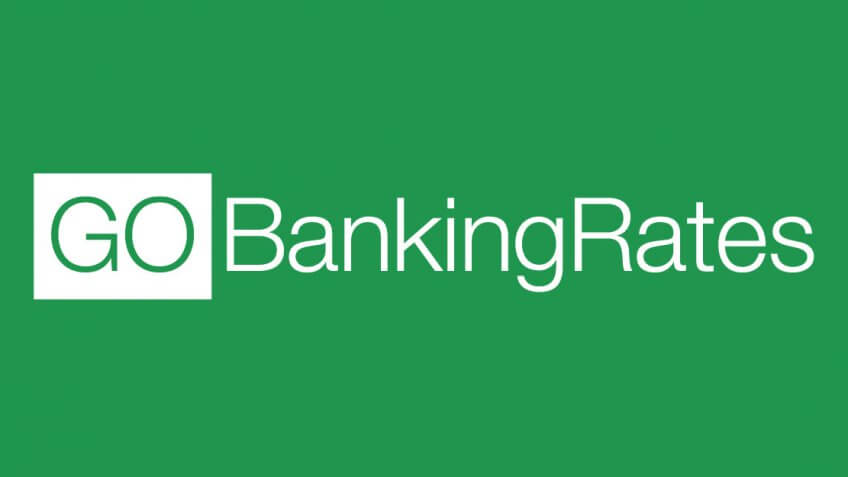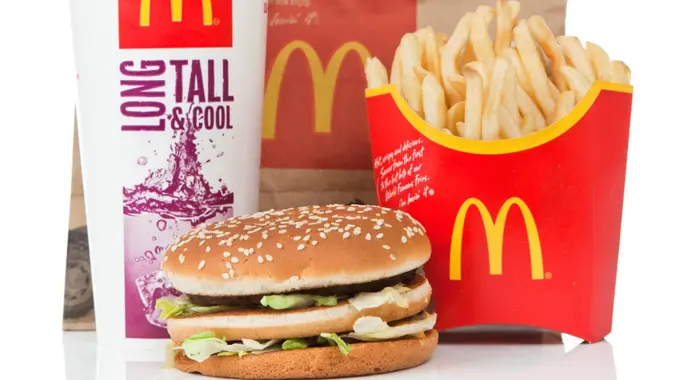Food Stamps: What is the Highest Income Level for SNAP Payments in 2023?

Commitment to Our Readers
GOBankingRates' editorial team is committed to bringing you unbiased reviews and information. We use data-driven methodologies to evaluate financial products and services - our reviews and ratings are not influenced by advertisers. You can read more about our editorial guidelines and our products and services review methodology.

20 Years
Helping You Live Richer

Reviewed
by Experts

Trusted by
Millions of Readers
To qualify for Supplemental Nutrition Assistant Program (SNAP) benefits, which were previously referred to as food stamps, you need to meet certain eligibility requirements, including the amount of income you bring in. The program sets restrictions on both net and gross monthly income, broken down into household size.
To meet net monthly income eligibility standards, your income must be no more than equal to the U.S. poverty level. For gross monthly income eligibility standards, your income must be no more than 130% of the poverty level. The highest income levels for fiscal year 2023 went into effect on Oct. 1, 2022.
SNAP is a federal program that provides food-purchasing assistance to low-income households. Although it is part of the U.S. Department of Agriculture, the program is administered at the state level. Recipients are now issued Electronic Benefits Transfer (EBT) cards to pay for food rather than physical food stamps.
In an August memorandum, the USDA said that maximum SNAP allotments will increase for the 48 states and the District of Columbia, Hawaii, Guam, the U.S. Virgin Islands and Alaska. For a family of four receiving a maximum allotment in the 48 states and D.C., benefits will be $939. Maximum allotments for a family of four will increase to a range of $1,172 to $1,819 in Alaska; to $1,794 in Hawaii; to $1,385 in Guam; and to $1,208 in the U.S. Virgin Islands. The minimum benefit for the 48 states and D.C. will increase to $23 and will also increase in Alaska, Guam, Hawaii and the U.S. Virgin Islands.
Here’s a look at the net monthly income standards for fiscal year 2023, which show the maximum monthly income to qualify for SNAP:
| Household Size | 48 Contiguous States, DC, Guam, Virgin Islands | Alaska | Hawaii |
| 1 | $1,133 | $1,416 | $1,303 |
| 2 | $1,526 | $1,908 | $1,755 |
| 3 | $1,920 | $2,400 | $2,208 |
| 4 | $2,313 | $2,891 | $2,660 |
| 5 | $2,706 | $3,383 | $3,113 |
| 6 | $3,100 | $3,875 | $3,565 |
| 7 | $3,493 | $4,366 | $4,018 |
| 8 | $3,886 | $4,858 | $4,470 |
| Each additional member | $394 | $492 | $453 |
Here’s a look at the gross monthly income standards for fiscal year 2023, which show the maximum monthly income to qualify for SNAP:
| Household Size | 48 Contiguous States, DC, Guam, Virgin Islands | Alaska | Hawaii |
| 1 | $1,473 | $1,841 | $1,694 |
| 2 | $1,984 | $2,480 | $2,282 |
| 3 | $2,495 | $3,119 | $2,870 |
| 4 | $3,007 | $3,759 | $3,458 |
| 5 | $3,518 | $4,398 | $4,047 |
| 6 | $4,029 | $5,037 | $4,635 |
| 7 | $4,541 | $5,676 | $5,223 |
| 8 | $5,052 | $6,315 | $5,811 |
| Each additional member | $512 | $640 | $589 |
More From GOBankingRates
 Written by
Written by  Edited by
Edited by 

























